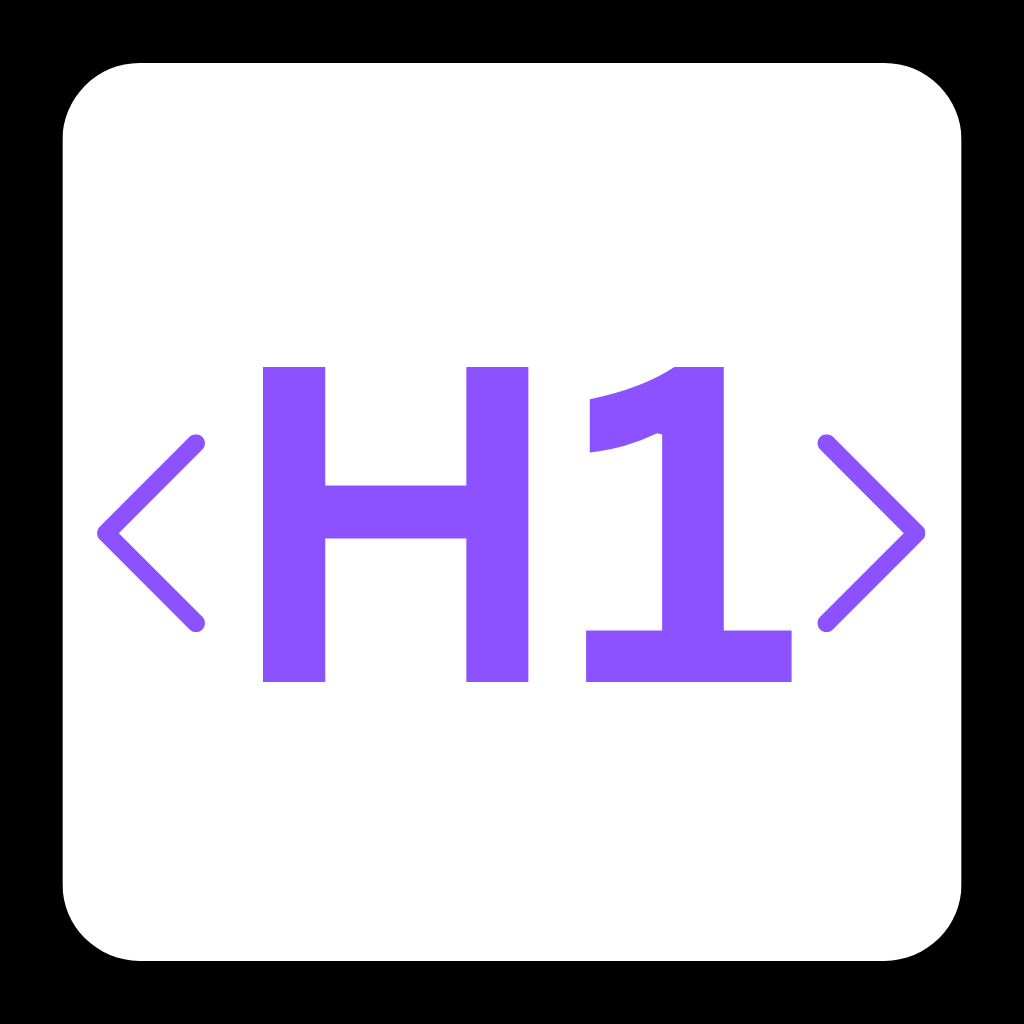Is Nvidia’s Monopoly Crumbling? How NVLink Fusion Could Reshape AI Infrastructure Forever

Nvidia just dropped a bombshell at Computex 2025: For the first time, rivals like Qualcomm and Fujitsu can directly connect their CPUs to Nvidia’s GPUs using its coveted NVLink technology. This seismic shift—driven by the new NVLink Fusion chip—could dismantle Nvidia’s walled-garden approach to AI infrastructure. But will it spark innovation or create new dependencies? Let’s dive in.
🌍 AI’s Interconnect Bottleneck: Why Closed Ecosystems Are Failing
Nvidia’s dominance in AI hardware has long relied on keeping its high-speed NVLink interconnect exclusive to its own GPUs and Grace CPUs. But as AI models grow exponentially, this strategy is hitting limits:
- Rising Rebellion: Competitors like Intel and AMD formed the Ultra Accelerator Link (UALink) consortium in 2024 to create an open alternative to NVLink.
- Grace CPU Limitations: Nvidia’s in-house CPU, while powerful, can’t meet all edge computing or telecom needs—where Qualcomm and Fujitsu specialize.
- AI Factory Demands: Training trillion-parameter AI models requires rack-scale architectures that blend best-in-class CPUs and GPUs—something NVLink’s closed system couldn’t support.
✅ NVLink Fusion: Nvidia’s Surprising Open-Play Strategy
The new NVLink Fusion chip is Nvidia’s answer—a bridge between its GPUs and third-party CPUs. Here’s why it matters:
- ✅ Flexibility Unleashed: System builders can now pair Qualcomm’s AI-optimized Snapdragon CPUs or Fujitsu’s energy-efficient designs with Nvidia’s H100/H200 GPUs.
- ✅ Energy Efficiency Boost: Nvidia’s Grace CPU C1 (also announced) claims 2x better efficiency than traditional CPUs—critical for edge and telco deployments.
- ✅ Scale to Millions of GPUs: Fusion enables “AI factories” to mix Nvidia’s networking stack with custom ASIC accelerators from partners like Astera Labs.
“A tectonic shift is underway: AI is being fused into every computing platform,” said Nvidia CEO Jensen Huang.
🚧 The Catch: Will Partners Escape Nvidia’s Shadow?
While NVLink Fusion opens doors, challenges remain:
- ⚠️ Ecosystem Lock-In Risk: Third-party CPUs must still align with Nvidia’s architecture, potentially limiting true innovation.
- ⚠️ Interoperability Hurdles: Fujitsu’s Vivek Mahajan admits achieving “rack-scale architecture” requires deep technical co-engineering.
- ⚠️ Competition Isn’t Sleeping: The UALink alliance—backed by Google, Meta, and Broadcom—plans to counter with open standards by late 2025.
🚀 Final Thoughts: A New Era of Coopetition?
Nvidia’s move is strategic:
- 📈 Win-Win? Qualcomm gains data center relevance; Nvidia expands beyond its Grace CPU’s niche.
- 📉 Or Trojan Horse? By letting partners into its stack, Nvidia could further entrench its networking and software dominance.
As AI infrastructure becomes a $200B battlefield, one thing’s clear: The age of single-vendor dominance is ending. But will NVLink Fusion democratize AI—or just make Nvidia the gatekeeper? What do YOU think?
Let us know on X (Former Twitter)
Sources: Ben Wodecki. Nvidia unlocks NVLink for third-party CPUs from Qualcomm, Fujitsu, May 19, 2025. https://www.capacitymedia.com/article/nvidia-unlocks-nvlink-for-third-party-cpus-from-qualcomm-fujitsu










